52. The Three Japans of Toronto
Depending on where you go, the groceries have a different flavour
One of the nice things about making Japanese food at home is that it relies on a fairly limited list of pantry staples:
Sesame seeds and sesame oil
Dashi, which could come in its component parts of kombu and katsuobushi, but more likely is in the form of dashi granules
This is a gross-oversimplification, of course, and the list could be expanded to include rice vinegar, ponzu, other dried seaweeds like hijiki and wakame, and shichimi (and beyond), but even without those additions, the vast majority of Japanese recipes you encounter will rely on some or all of the above.
For instance, if you wanted to make the first six recipes on the list of most popular Japanese classic dishes on JustOneCookbook.com, you would need just four additional ingredients1 not typically available in a typical North American supermarket. Over half of the recipes could be made buying only familiar things like chicken thighs, green onions, or shiitake mushrooms.
Should your local supermarket not have these things, your chances are increasingly good that an Asian supermarket has opened near you that will stock at least these items in their Japanese section, as well as blocks of curry roux, snacks, and instant noodles. If you live in a larger city, of course, you are probably even luckier: on a recent scouting trip, I stopped at six different large Asian supermarkets, all within what I would consider a reasonable driving distance from home.2
Because the Japanese are by far the smallest among East and Southeast Asian groups in Canada, the Japanese sections in these stores are often correspondingly small.3 This is why, outside of the initial list above, you may not be able to find other Japanese ingredients as easily. If you live outside a major city, your best option is probably to order online, although that can quickly get expensive. If you live in a major city, chances are there’s a specialty Japanese grocery store that will have what you’re looking for. And if you’re in Toronto, you have three different stores to choose from,4 each telling a slightly different story about Japanese food.
The Throwback
Sandown Market West is tucked away in an unassuming strip mall, just south of where the 427 runs into the Gardiner Expressway. Open since 1975, it retains the old-school charm of the OG (and long-gone) Japanese stores near Dundas and Huron, now sometimes referred to as “Toronto’s Original J-Town.” The displays are simple and functional. Much of the merchandise seems geared towards cooks who have fallen into what has been described as “the immigrant time warp.”
The Immigrant Time Warp is the phenomenon where immigrants stop keeping up with the cultural changes in their home country after they move away. It helps explain why some5 immigrants from a country often hold less progressive beliefs than the same generation that stayed behind. Their perspective on what their home country is becomes frozen in amber as they struggle to keep hold of their former home while, in reality, it continues to evolve. It’s a phenomenon that’s plainly evident on the shelves at Sandown.
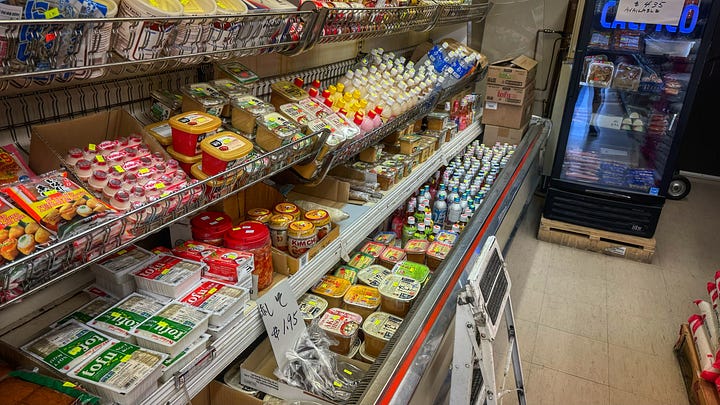
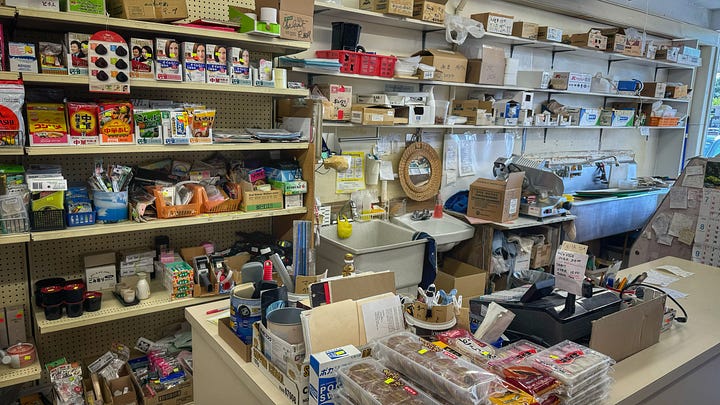
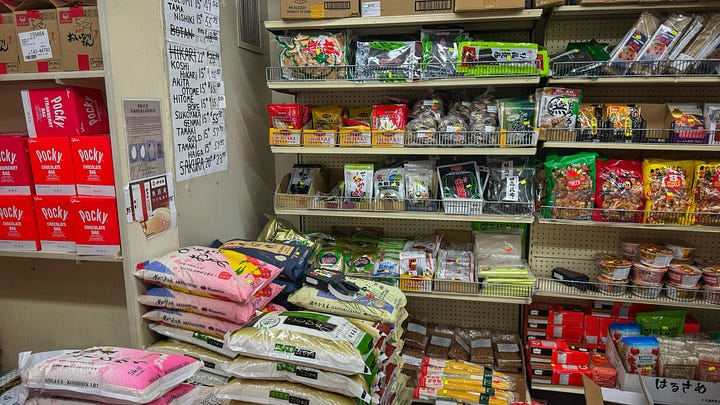
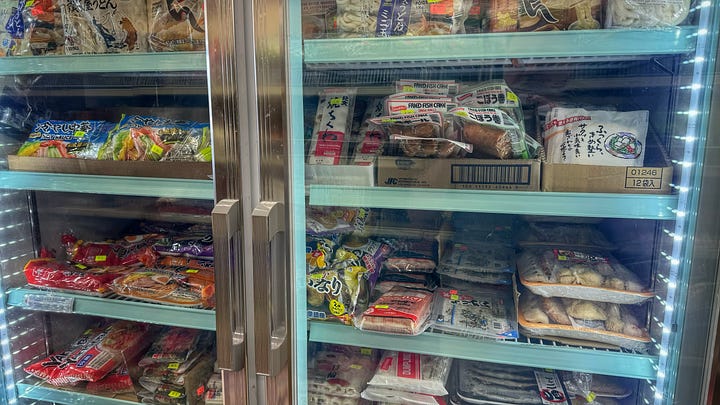
That’s not to say everything is dusty and old-fashioned. There’s plenty of interesting things I’ve never seen or tried, but a lot of the merchandise is things I recognize from my grandparents’ and father’s kitchens,6 and less so the kinds of things I encountered when I lived in Japan in the 1990s. Overall, it’s as though the packaging and the prices are all that has changed in the last 49 years. For me, it feels like home, and although it’s a 20-km drive away, I still leap at the chance to visit. It wouldn’t be the first place I’d look for the latest limited-release seasonal Kit Kat. But if you’re in the west end of Toronto and you need something Japanese that your local Asian grocery store doesn’t carry, I’d definitely make the trip.7
The New Kid
As well as observing the Gregorian calendar for numbering years, Japan also uses the Japanese era calendar scheme, counting how many years into the reign of the current emperor it is. By this system, 2024 currently Reiwa 6, since Emperor Naruhito ascended to the throne in 2018. When he did, the Heisei era, which started in 1989 when Akihito ascended, came to an end. Located in the J-Town shopping complex in northeast Toronto, Heisei Mart is very aptly named.
In contrast to Sandown Market, whose shoppers’ families probably arrived in Canada during the Showa era (1926-1989) or even, in the case of my grandfather, the Taisho era (1912-1926), the shelves at Heisei are more geared to people who arrived from Japan after 1989 (or so). You can still find the things that are familiar to much earlier generations,8 but there are many more things that are a reflection of where Japan has gone since then.
Located where it is, it seems built to cater to an expat community working at the many large multinationals with offices nearby. Similarly, their social media presence is dedicated to keeping its followers up to date with the latest food happenings in Japan. The largest of the three Japanese groceries in Toronto, it has the best selection of fresh specialty produce, including some of the hallmarks of modern Japan, like $210 melons.9
It also has a spectacular selection of miso.
If I had to guess, Heisei Mart is where the YouTuber Imamu Room does her shopping to make her Husbentos.
The Crowd Pleaser
If you live in Toronto and you know one Japanese grocery store, it’s probably Sanko. Open since 1968 at the corner of Claremont and Queen St. W., it has a strong selection of old school and new school products, mostly priced at a premium. Its grocery section is probably the smallest of the three stores,10 but it also carries an impressive(ly priced) selection of dishware, small appliances, and knives. I’m also told (but have never confirmed for myself) that the store is just part of a much larger company that imports products from Japan. Apparently you can ask for a lot more unusual fish products from the back that aren’t regularly on display.
What truly differentiates Sanko from the other two stores, though, is its location—West Queen West very much catering to the young and trendy professional class. (My editor mocked me for initially using the word “hipster.”) The elbows you rub in their narrow aisles are much less likely to be sansei getting her mum a reup of umeboshi or an expat housewife stocking up for the week, and more likely to be a condo dweller looking for some novel snacks, or one of their (admittedly fantastic) onigiri (stuffed rice balls) that sell out almost as soon as they’re loaded into the fridge.
There are handwritten signs explaining how some products are used, giving it a bit of a Trader Joe’s feel, but far more charming. If you’re looking for the limited edition Kit Kat, this is definitely the first stop, if only to save you the long drive up to Heisei first.
But lest you think I am taking a shot at Sanko because they’re some sort of pandering sell-out, think again. I love the place. It’s convenient, the staff are super-nice, and they’ve almost always got what I’m looking for.11 And here’s a reward for reading this far: they also have free parking along the side of their building, which no one seems to know about and every time I stop in is always available.
If you live in Toronto, you can count yourself lucky. You have one Japanese grocery store where your chances are very good that if you asked one of the customers, “Did you or anyone in your family receive reparations from the government for the WWII internment?” you’ll get a yes. Another where your chances are very good that if you asked one of the customers, “How long until you are transferred back to Nagoya?” you’ll get a target date. And one store where your chances are very good if you want to hear someone ask their partner, “What is that?” I highly recommend all three.
What I’m consuming…
Ali Stoner, who goes by @RovingHaggis on Instagram. Stoner, a Scottish artist born near Glasgow, was a contestant on MasterChef Australia Season 14. She didn’t win, but almost every single recipe she posts is something I want to make immediately.
Longtime readers will know about my longstanding animus towards the family who owns Martin’s Potato Rolls. How great is it that now I have a recipe to make them for myself? This is a delicious must-follow for your feed.
What’s on the menu…
Grilled Zucchini with Miso Glaze by Hetty Lui McKinnon It’s zucchini season and while I’m not growing any this year, I still find myself with a fair number of them. I made this recipe a few nights ago and was very pleased to have a new sauce to add to my repertoire.
But applied to halved and scored zucchini and then placed face-down on the grill, it was such a welcome change to my usual salt, pepper, lemon, and olive oil. I can imagine a lot of other vegetables it would work well with and can’t wait to see where it pops up next.
Finally, a reminder…
The offer from last issue still stands: if you recommend The Plate Cleaner to a friend, I’ll give you a free (thrifted but very good condition) cookbook. See here for what’s remaining. Just let me know that you’ve recommended it and let me know which book you’d like.
For those of you who have already recommended the newsletter: thank you so much. Your choices have been set aside and will be on their way shortly.
By my reckoning: aburaage (fried tofu pockets); Tokyo negi (long green onions), although regular green onions could be fine; komatsuna, which the recipe says you can substitute with spinach or another green; and pickled red ginger.
Your definition of “reasonable” may differ from mine.
Which, considering most of East and Southeast Asia’s historical relationship with Japan, I consider pretty darn sporting of them. I would be neither surprised nor upset if there were no Japanese section at all.
I am omitting smaller places like Yuzuki Fish Market, Taro’s Fish, or various take-out bento places that may carry only a limited selection of Japanese pantry staples that’s often not much better than what can be found in the international aisle of a Western supermarket.
But definitely not all. (Included to head off objections from my dad.)
For example, Marufumi chow mein noodles!
And it’s in the same plaza as Tienda Movil, a great Latin American grocery store that sometimes has fresh, hot tamales on sale. (Eat them straight from the corn husks with your hands. Don’t ask for a fork, like I did. Blank stares await in that direction.)
Though many staples are priced very fairly. I was surprised to see that some barley tea bags (stay tuned for more on those) that I bought at Sandown were actually cheaper at Heisei.
Heisei Mart also benefits from being in J-Town, where there are also stands for dedicated fishmongers, butchers, a bakery, and a Japanese sweet shop.
Including Marufumi chow mein noodles!




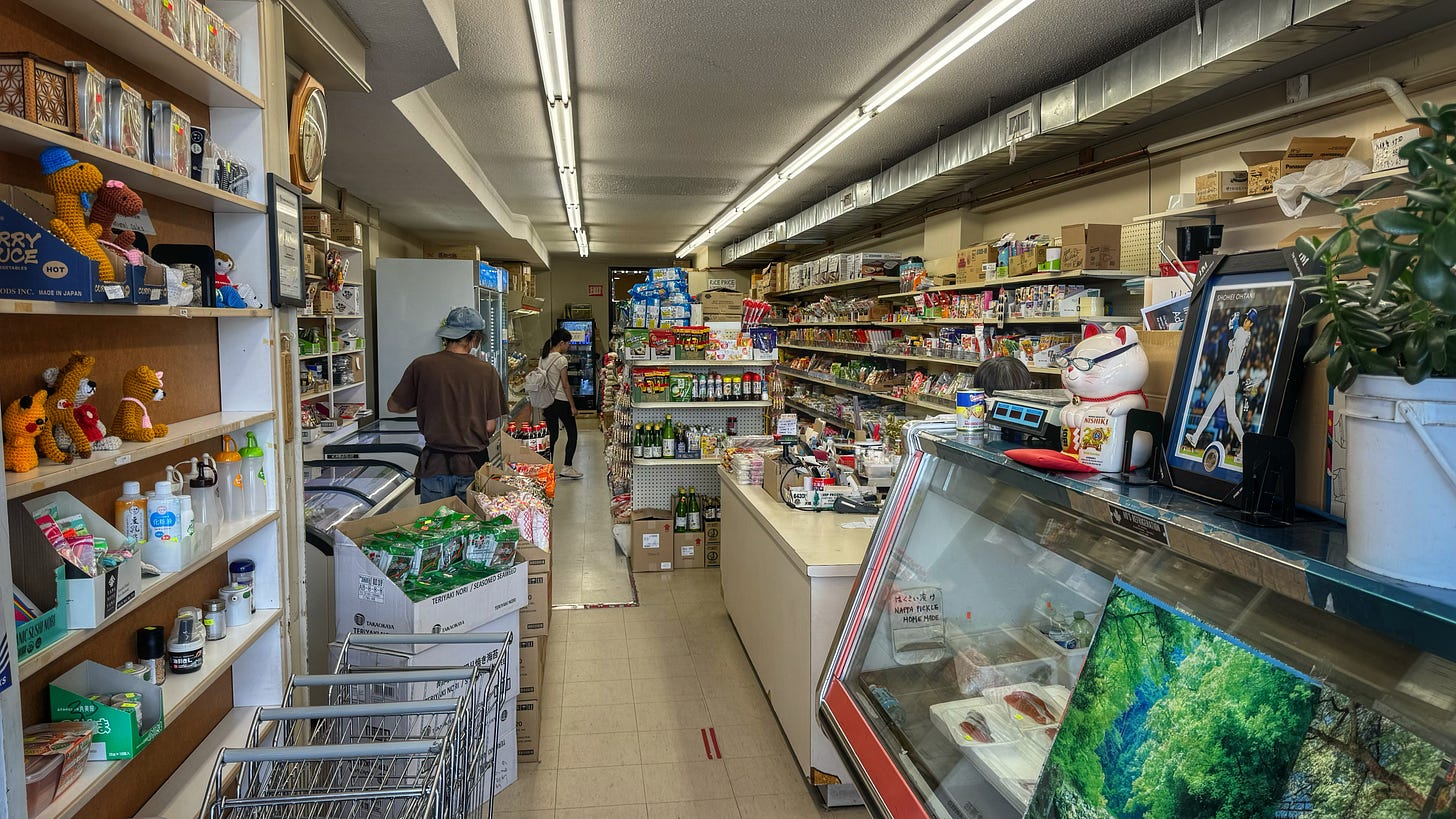
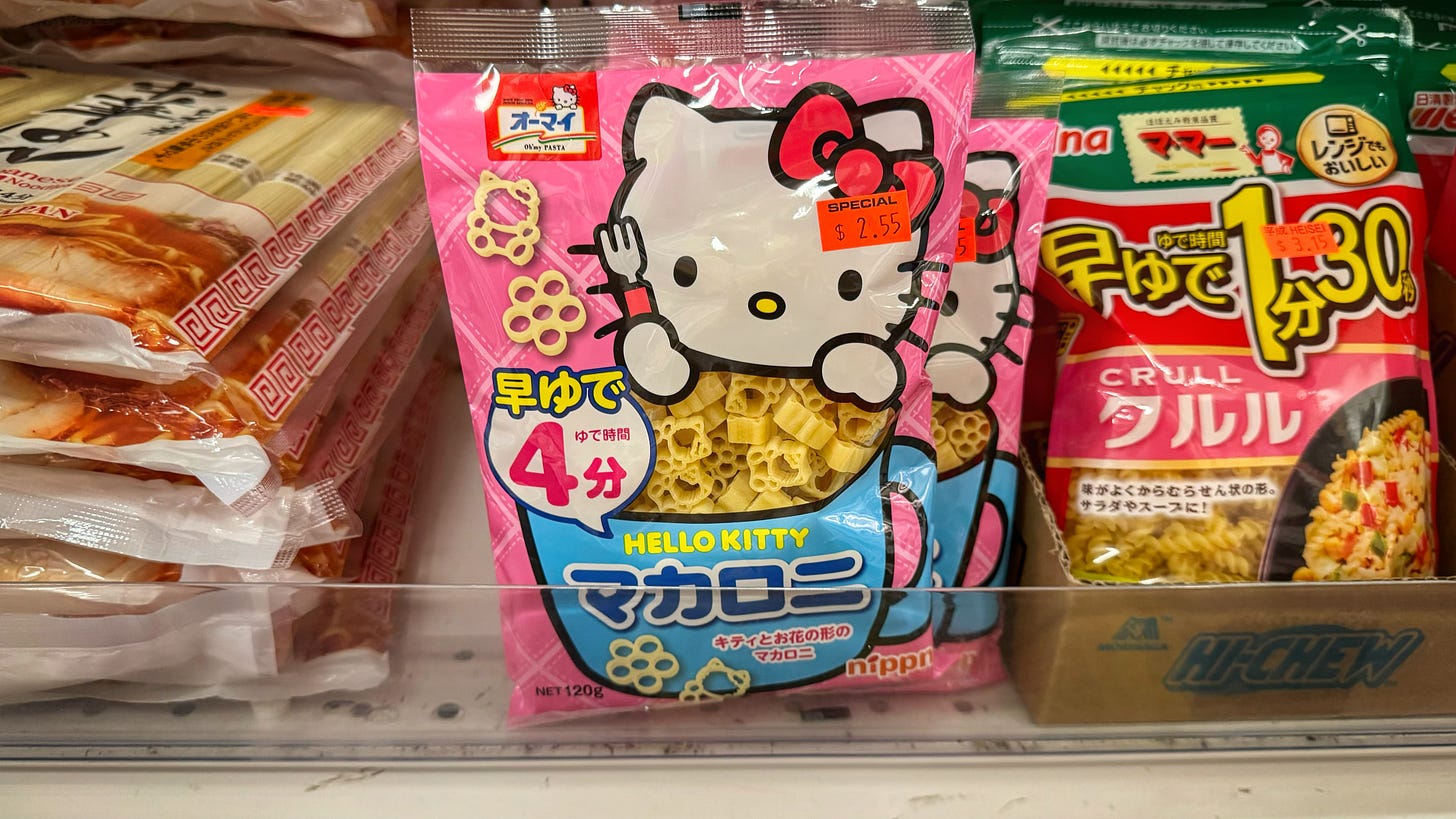

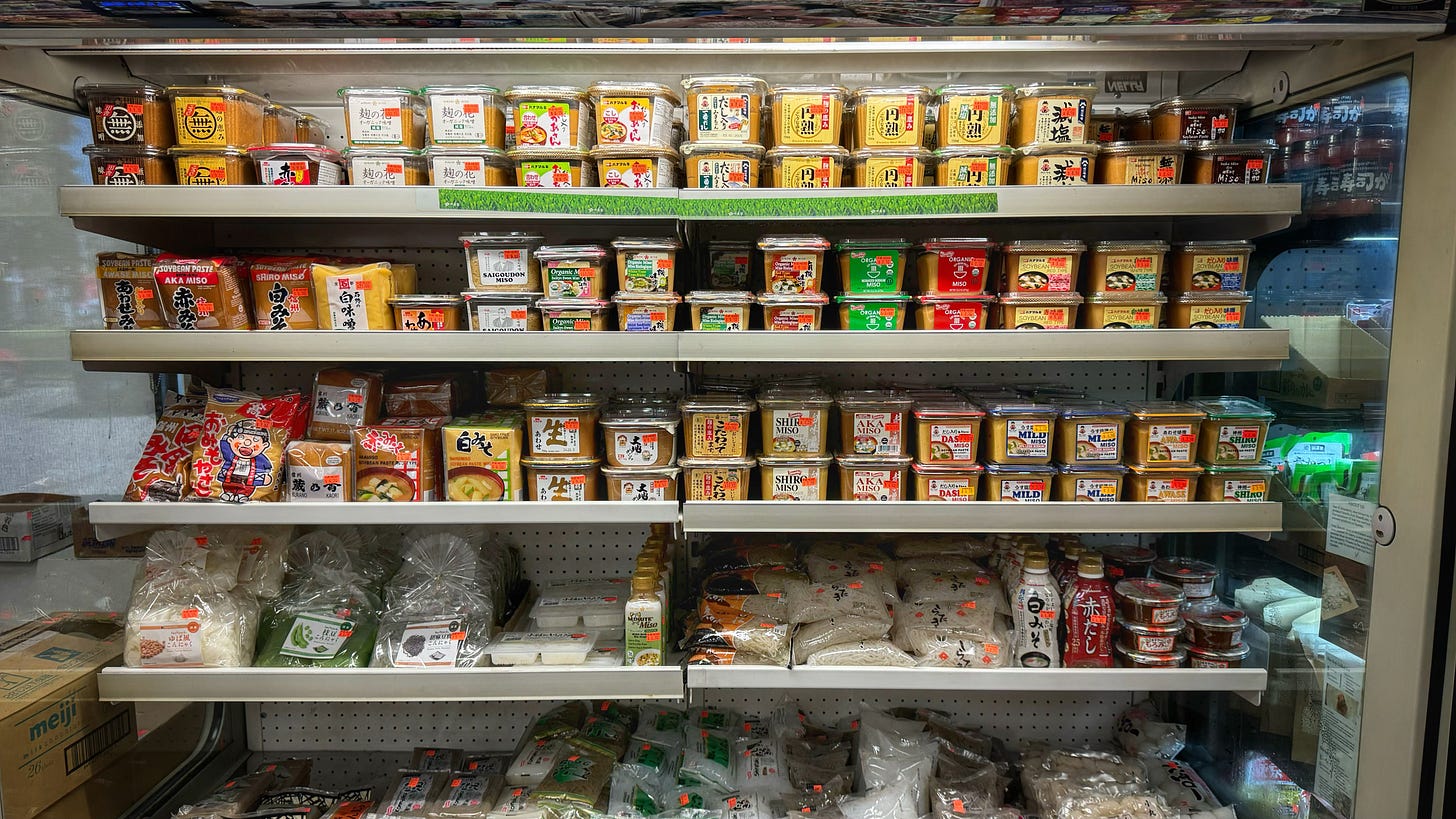
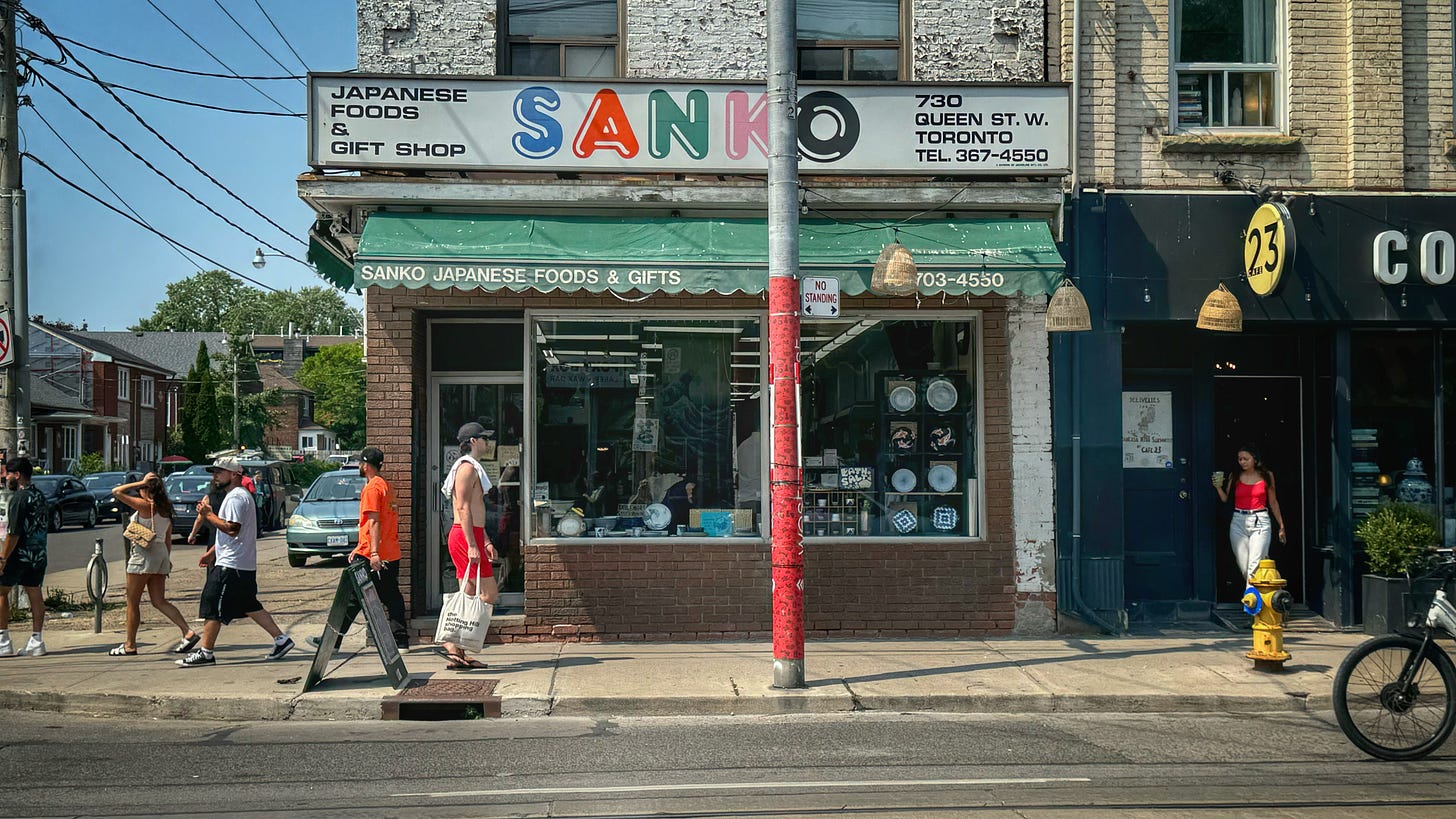
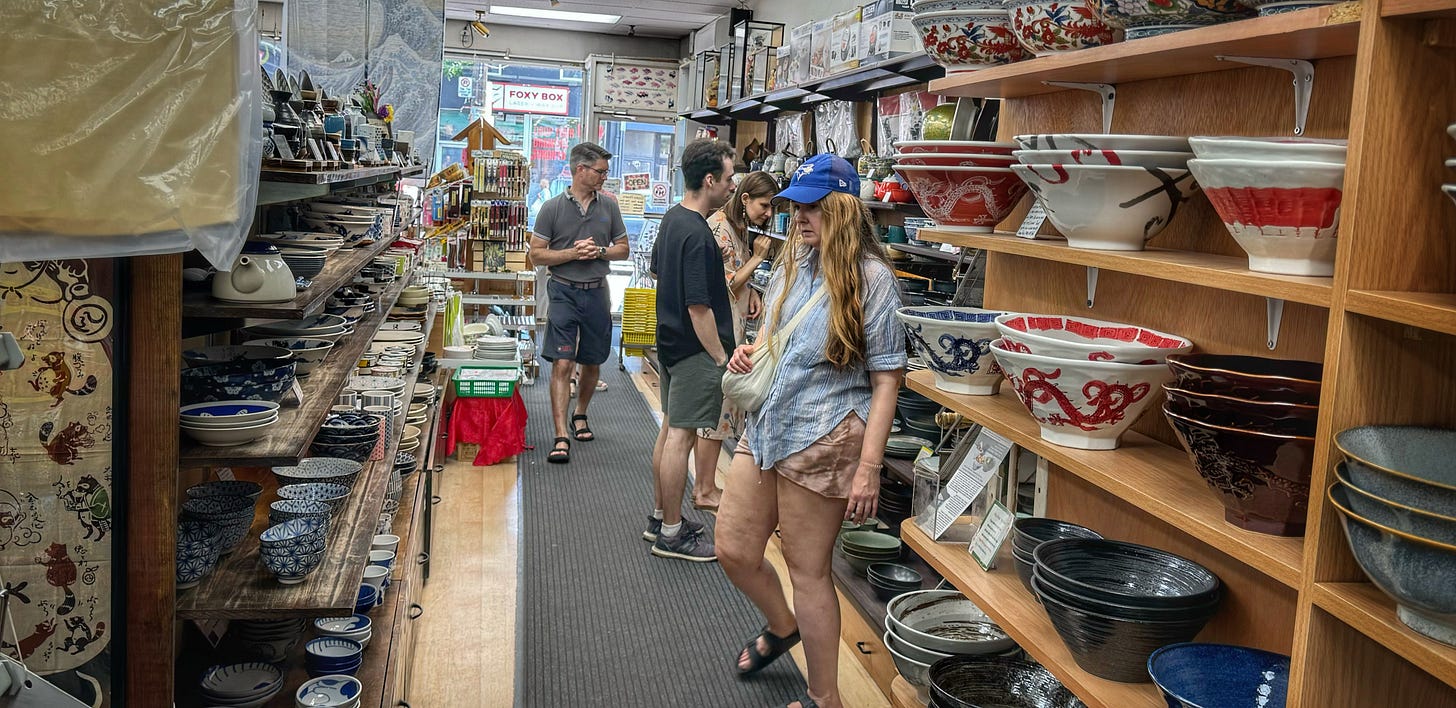
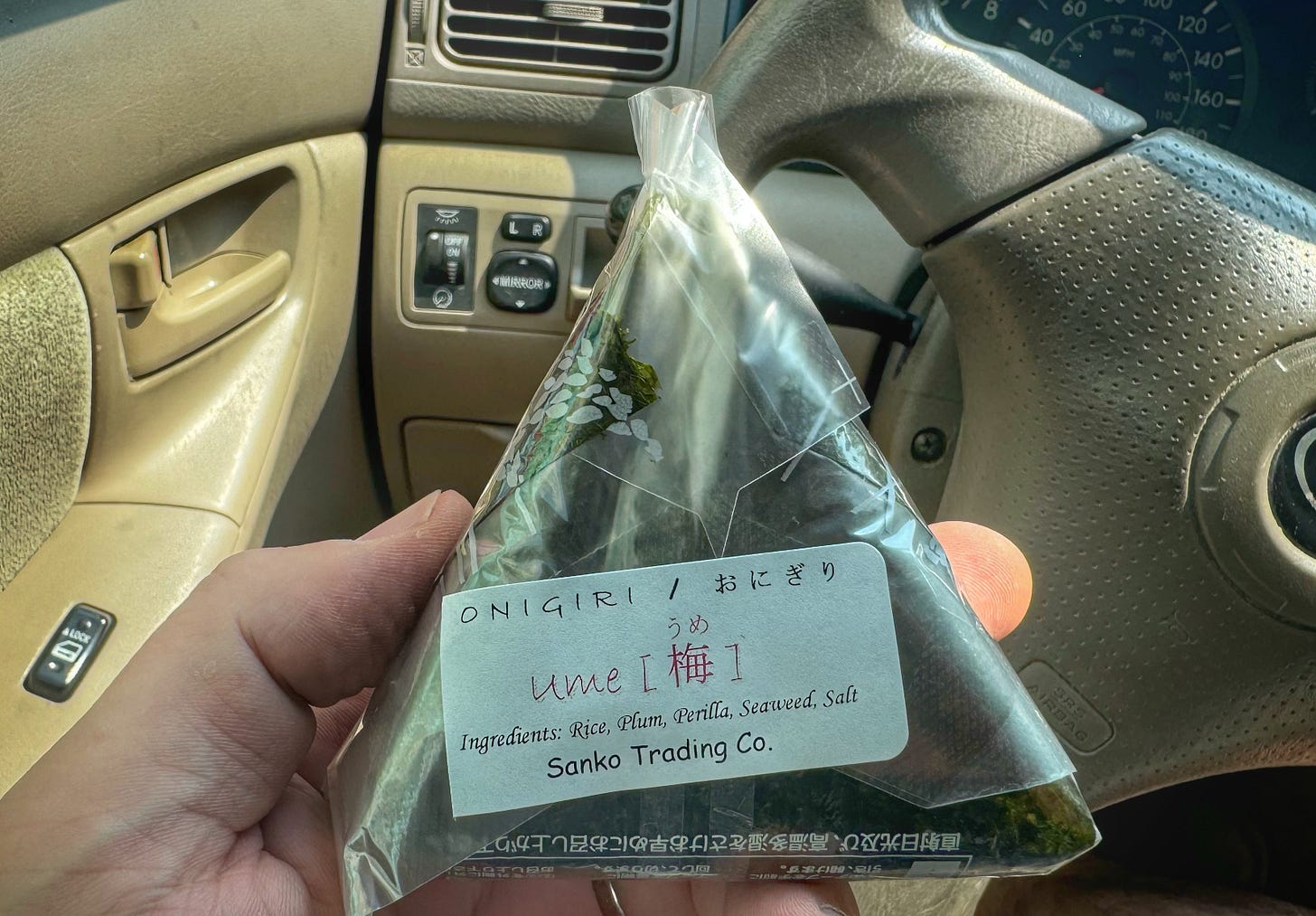
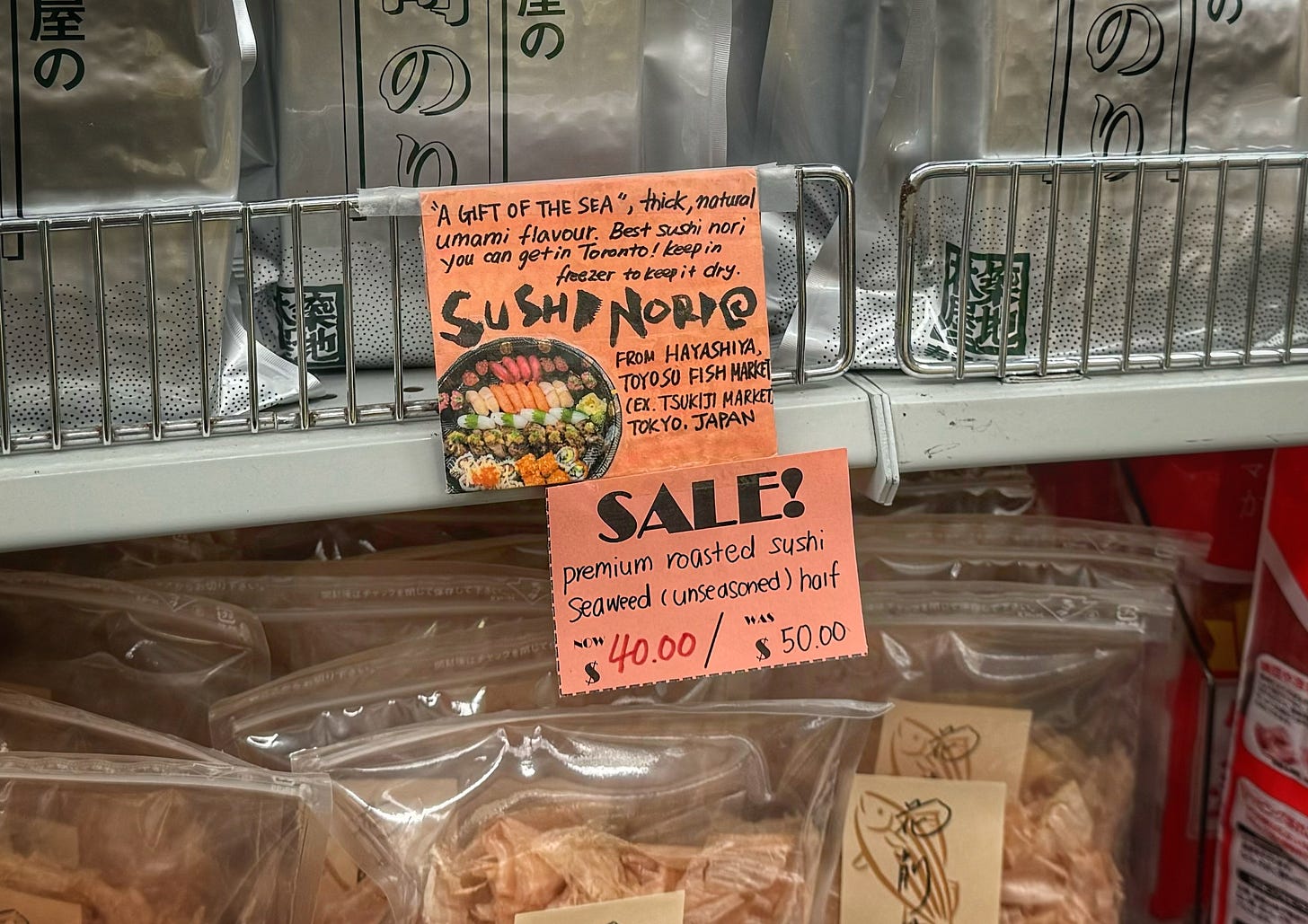

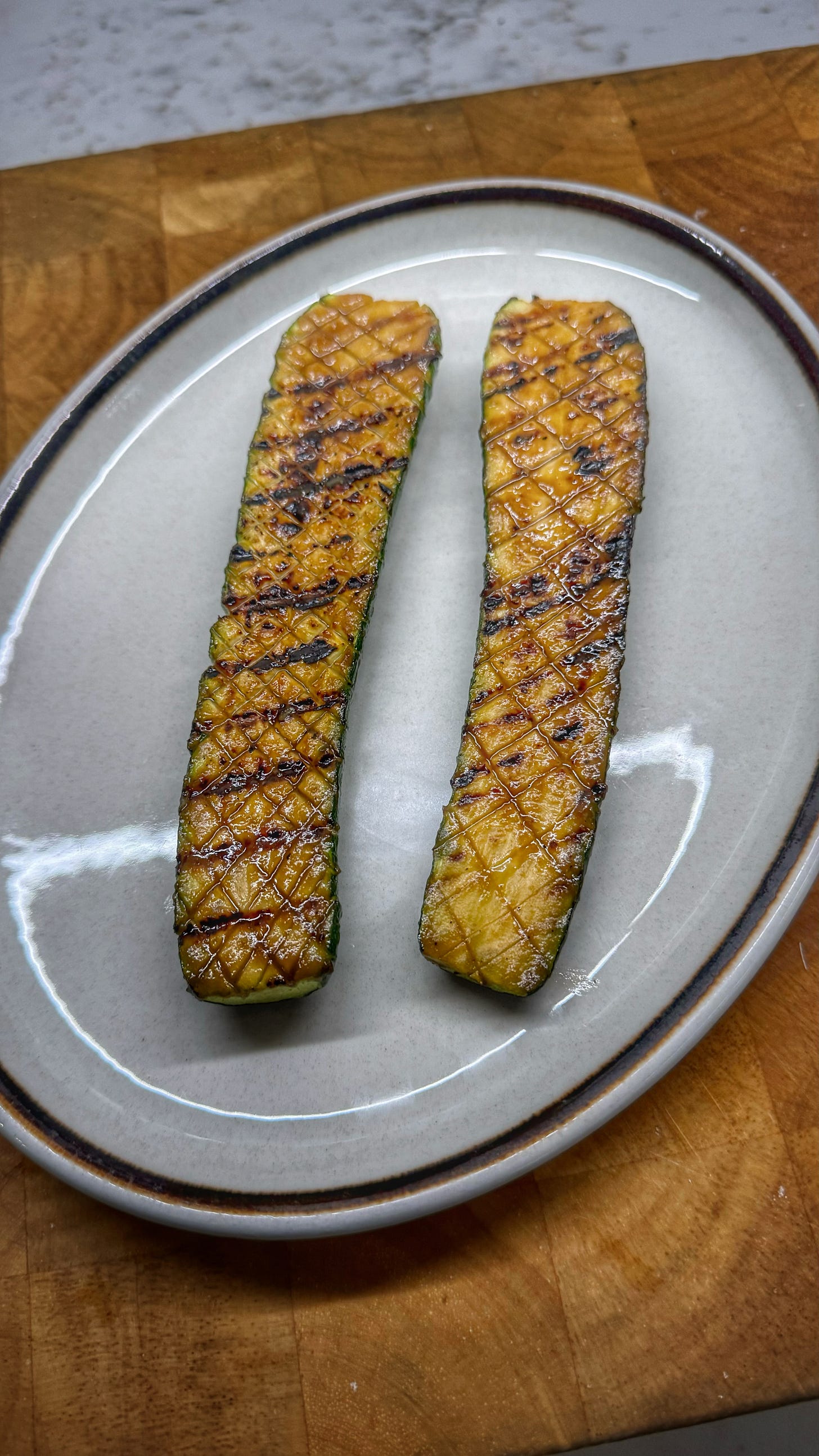
Mike T. is my always read